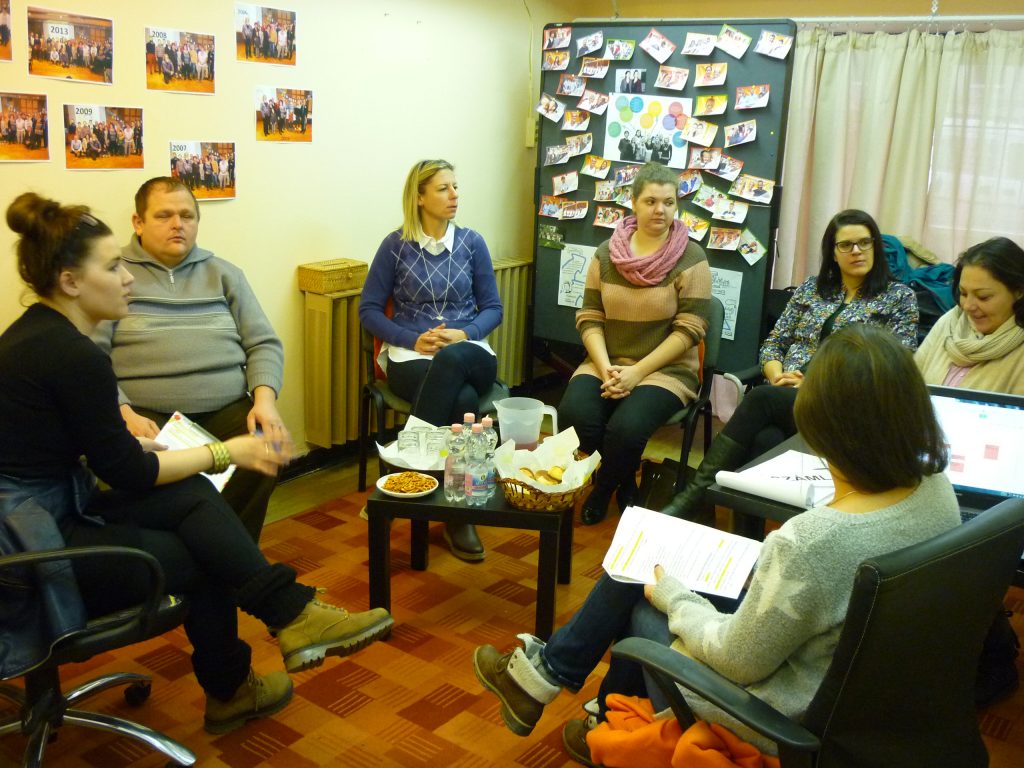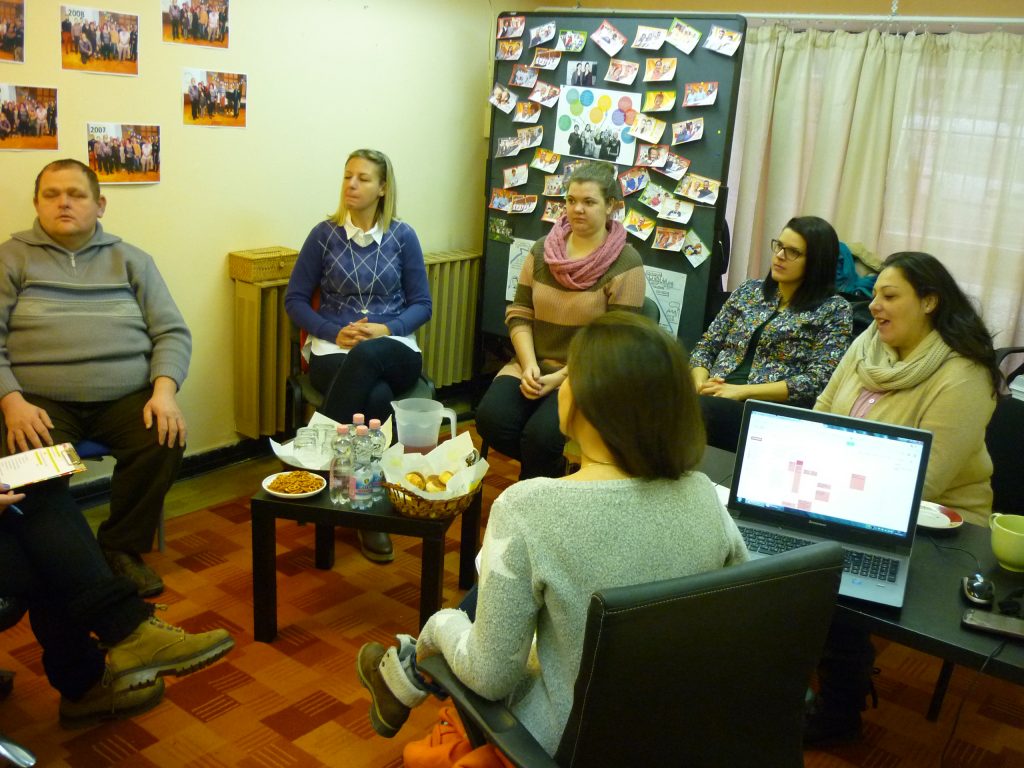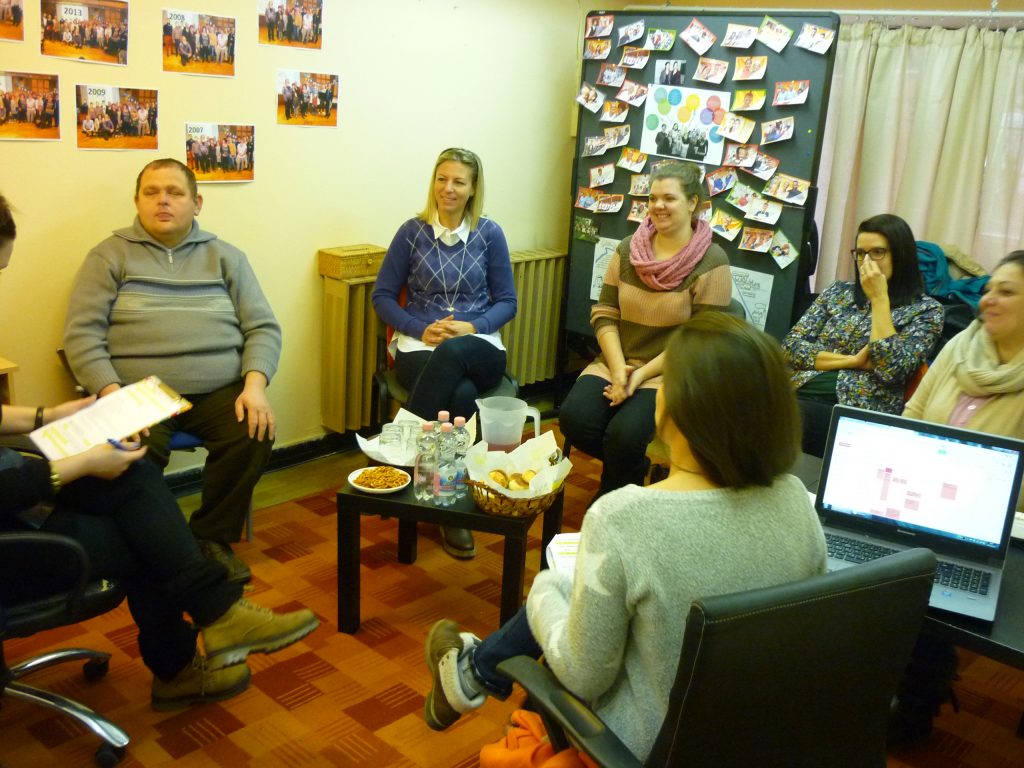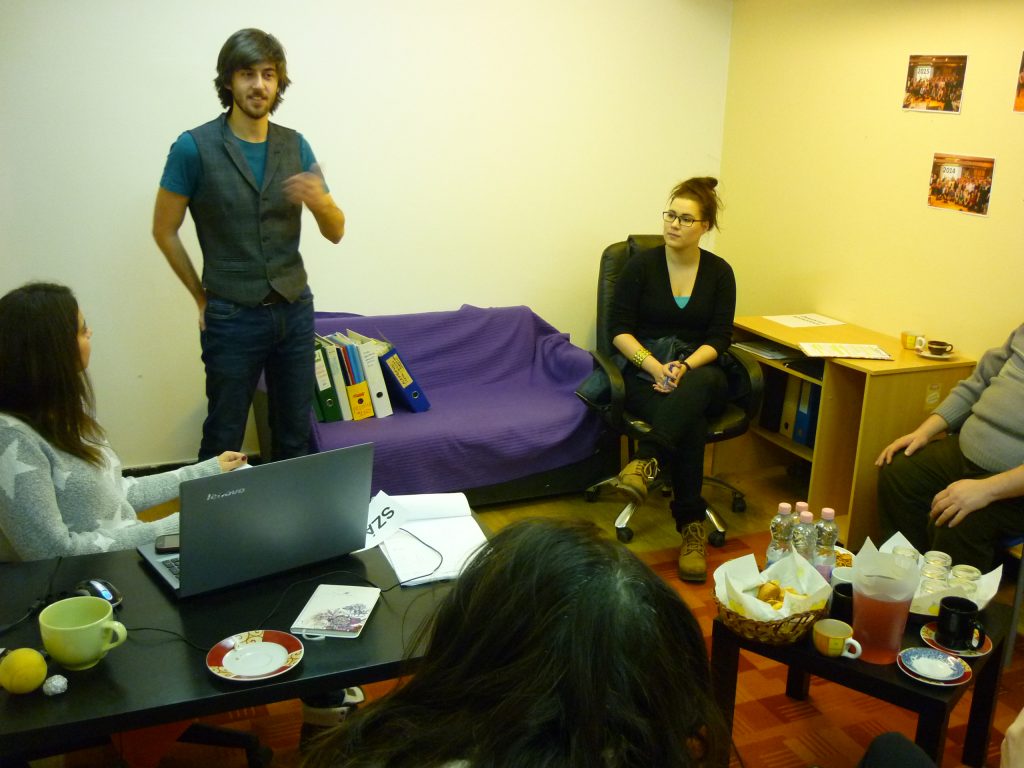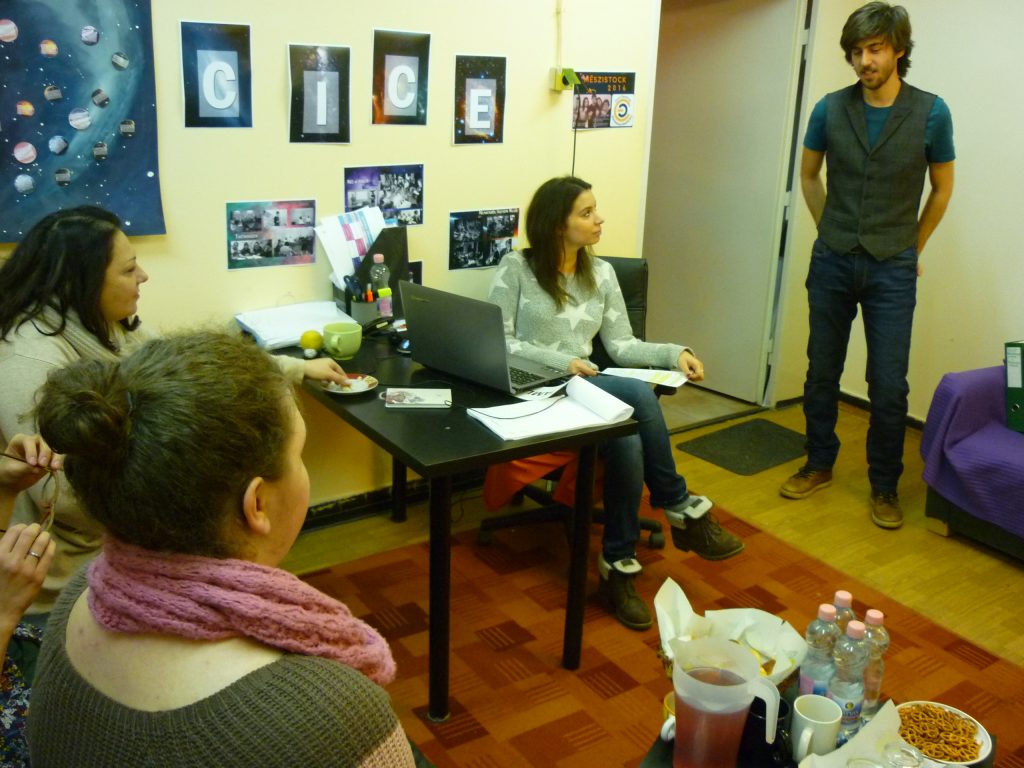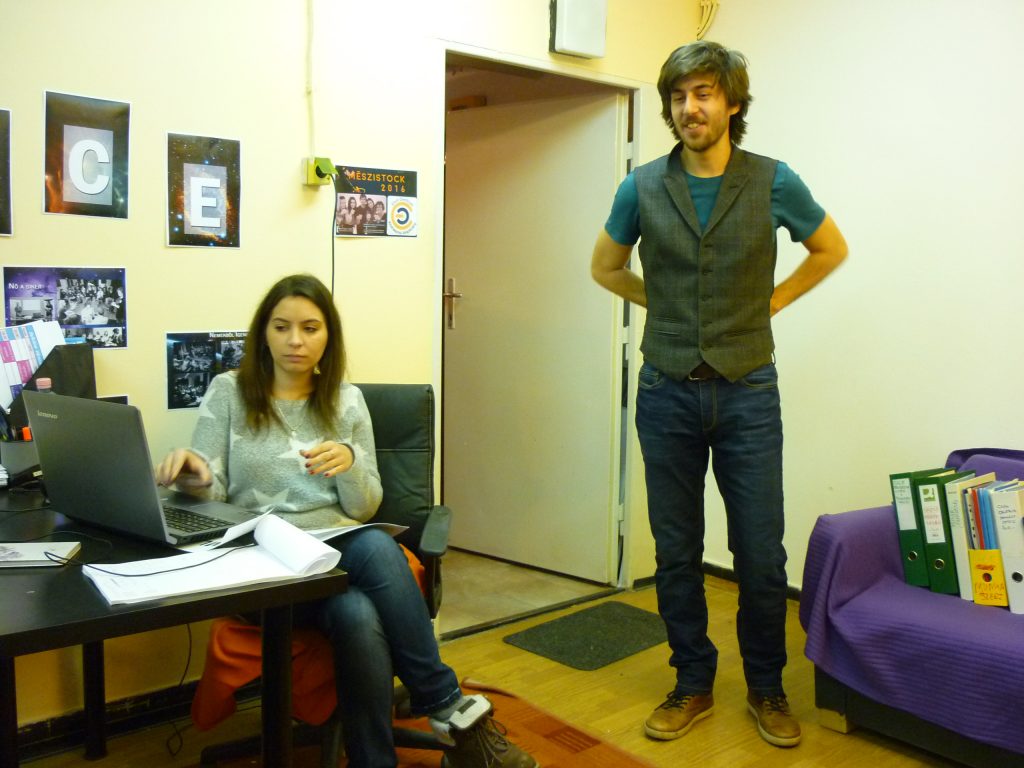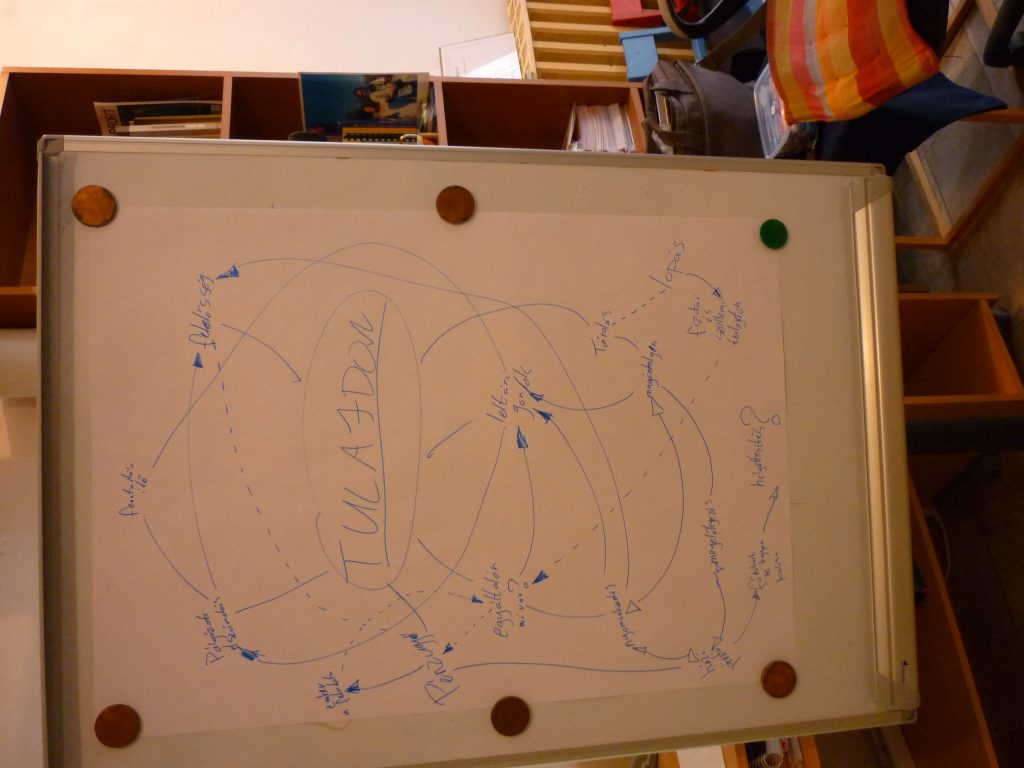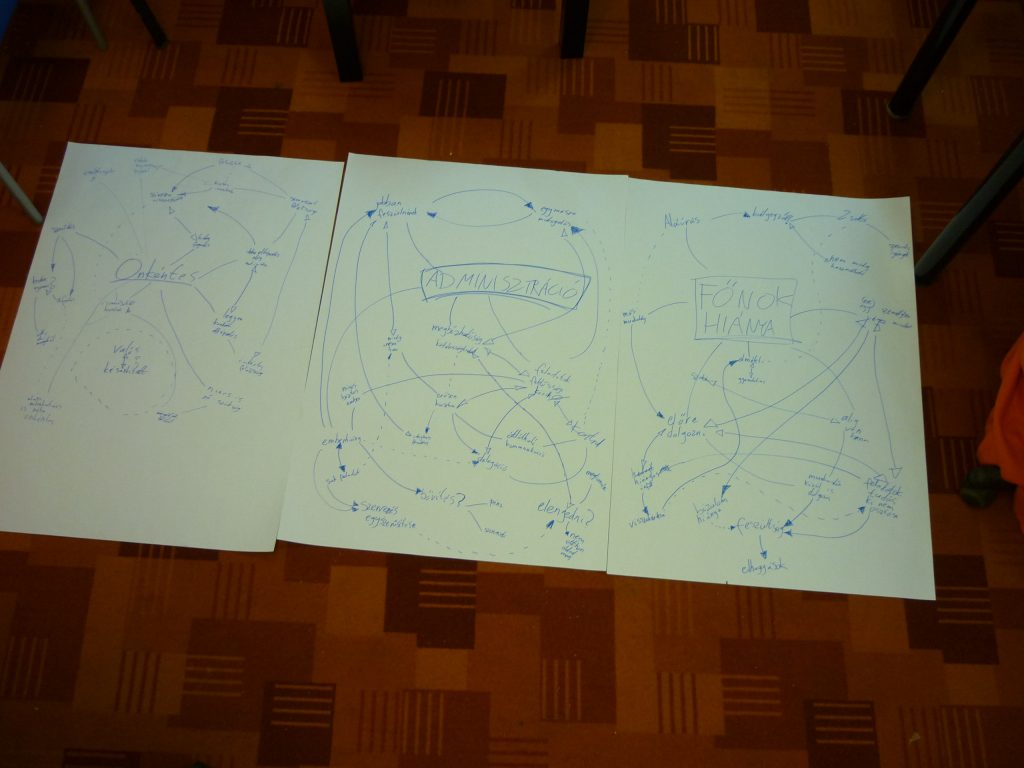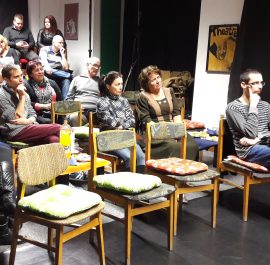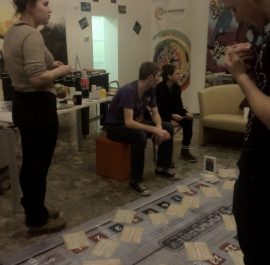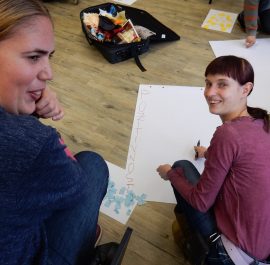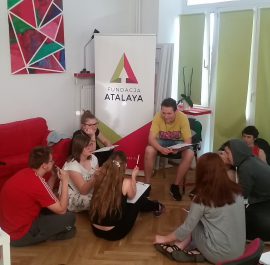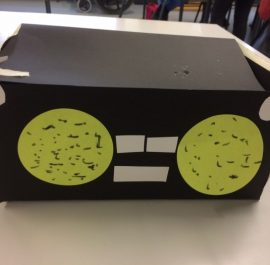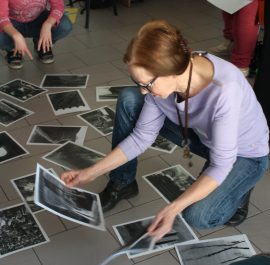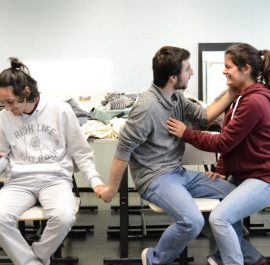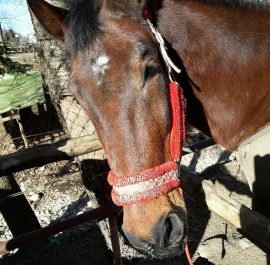Enter your keyword
Youth Projects
Help in solving problems of other NGOs in Hungary
Gábor Fehér
My value:
My value is to help others – not only to directly help individuals, but society in general. As someone who works at an NGO, and for NGOs, it is important for me to contribute to society, and also, to use my knowledge and skills to improve NGOs so that they themselves could contribute to society more efficiently.
Social problem and how to improve it:
Those who work at NGOs are usually very motivated, but often less skilful than those who work at for-profit organisations – it is especially true for smaller NGOs. They could be very good at their professional work, at the same time however, they might lack the necessarily knowledge or human resources to manage the administration, financial background, and other management areas. This can lead to a number of problems that they might not even realize. For example, the lack of project management knowledge can lead to a project with not enough participants, participants not satisfied with the inadequate activities, lack of social impact, chaotic financial administration (leading to insufficient funds or being fined). This is especially true in town like what I live in. As Székesfehérvár has a population of about 100.000, there are no big or international NGOs, only smaller ones, who often face underfunding, lack of experts, lack of human resources, even though they perform their activities with high quality. We at Civil Centrum Foundation strive to improve these NGOs with a number of organisation development methods – a new one might be this that I tried in this social project.
Method:
Although I found both methods that Atalaya Foundation showed us in Poland (Szelagowka), those are a little difficult for me to apply. However, I immediately saw how I could use the one the Portuguese team performed on their introduction evening. That actually consists of two methods The first one is the dramatization and collective brainstorming of a problem. That is, the performers choose a number of problems or situations that are typical to a specific group, then they perform these in small scenes to the spectators. It is beneficial if these spectators are from the same group, but have different backgrounds, so they could share diverse ideas and solutions. After each scene, the spectators have the chance to engage in collective brainstorming. This not necessarily has to lead to answers and solutions, but it is a good way to collect a large number and diverse opinions and propositions, based on which they can work out solutions later. The second one is mind mapping. This method is a great way to help organise the ideas and to visualise the relations between these ideas. A mind map is just a very simple way to take notes: all you need is a large sheet of paper (or a mind mapping/drawing software), and during discussion, you write down key points, then you draw different lines between these points to show the relationships between them. The advantage of such a method is that you quickly overview a whole topic, and you can find relationships that were not evident during the discussion.
Approach – project management:
As both November and December months were busy for our organisation, I could only do my project in January. In the meantime, I collected a number of problems that are typical of NGOs. I did this based on the organisational development work we do and on the anecdotal information we hear about. Then I wrote short scenarios based on these, which could be performed in a few minutes. For example, there are two actors in the scene, both represent an employee of the NGO, and one arrives with the news that they are about to receive a sudden audit from the tax authorities, and they start to panic, because the invoices are not in order.
The four scenes were:
– a volunteer comes to the NGO, but neither him or the employees are prepared to give a meaningful role to him
– the boss, who knows and managing everything in the organisation, goes away for a long vacation
– a sudden administration audit is to happen, but the organisation administration is a mess
– the boss uses property as his own, even though they are part of a project I also learned how to do mind mapping in a basic way.
I sent an invitation to the NGOs we often work with. Then all I had to do was to prepare for the event (buy a couple of snacks, prepare some props, arrange the “stage” in our office) and to have a rehearsal with my colleagues.
The event:
We performed all of this on 31 January 2017, Tuesday morning. Five representatives came from different NGOs (for example an NGO that works with visually impaired people, or a culture focused NGO that mainly works with younger people). We played four shorter scenes – I was also an actor. However, after each scene, I left the room to draw the mind maps. Meanwhile, my colleagues facilitated the discussions, during which the participants discussed what they saw, how they can relate to those problems, what happens at their organisations, what solutions they can propose, etc. After they discussed the fourth scene, I finally showed them the mind maps. Since there was one visually impaired person, it was difficult to explain the maps to him. It was a challenge for me that I didn’t know how to prepare for. I tried to name a few points on the map, and describe how different arrows connect them, but I am sure there can be a more adequate way. However, during the scenes, I paid special attention to everything that happened: I introduced the topic, the characters, I even announced if someone entered or left the “stage”, and when there was a prop to be used, I also described that (for example, when I handed an envelope of money over to another actor, I announced to the participants, that “Now I’m handing over an envelope of money to my colleague”)
Conclusions:
I hope we provided a judgement free space for them to freely discuss ideas and opinions. I think we succeeded in that, even though the discussion steered away a little sometimes. I explained to them which method can be used for what. The participants told me that they enjoyed this little event, and it was also insightful for them. One of the participants even approached me, saying that she now realised how bad the situation is at their organisation administration and management wise, and that she is thinking about asking for a training from us. I also really enjoyed this project, I was enthusiastic about it from start to finish. I really liked planning and managing the whole project by myself, and I enjoyed trying the methods out in real life. It also felt good when the others (both the participants and my colleagues) complemented me about how well I did the whole thing and how much they liked it. I am also sure that I can use these methods later in my life, in other areas.



